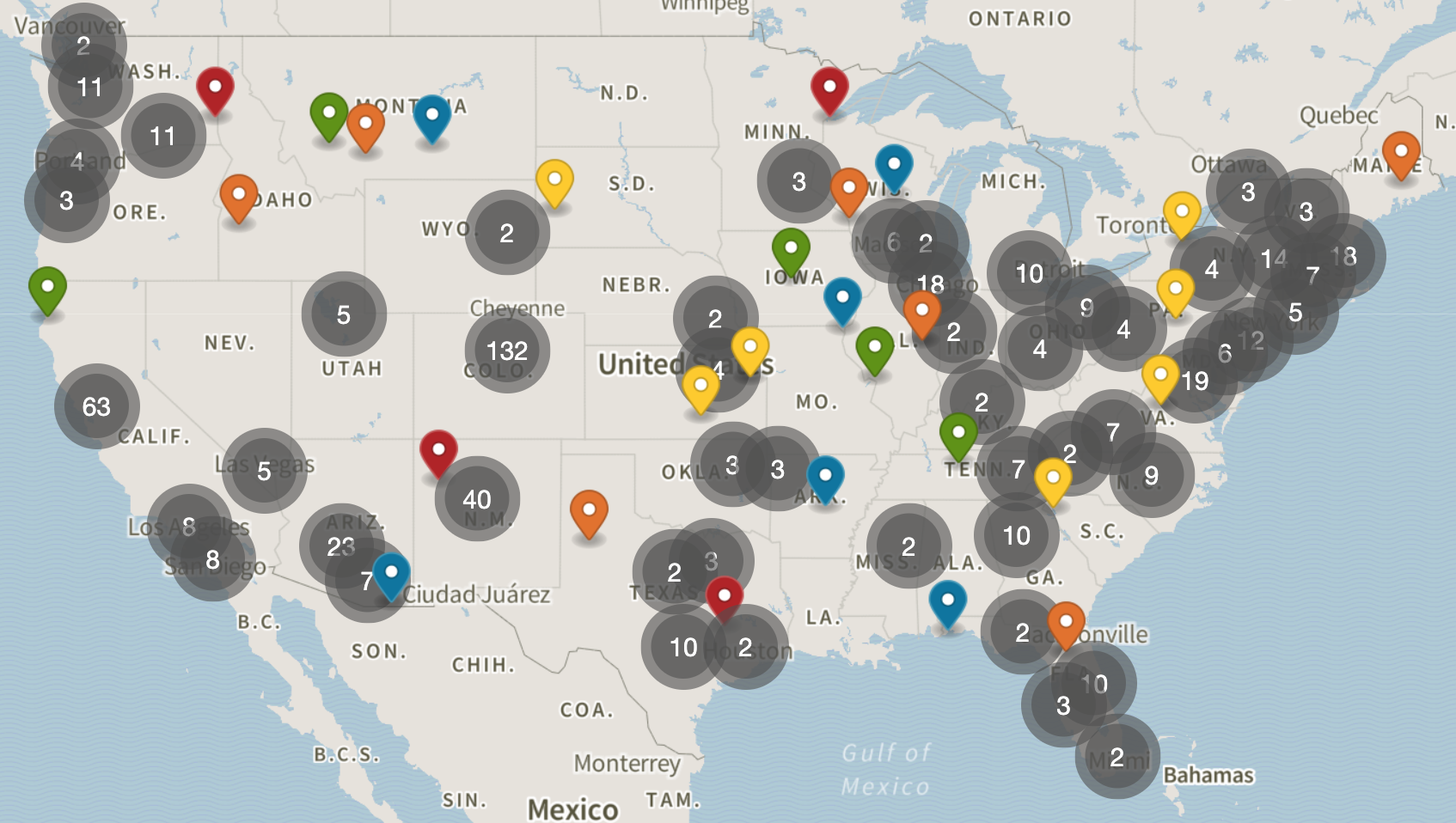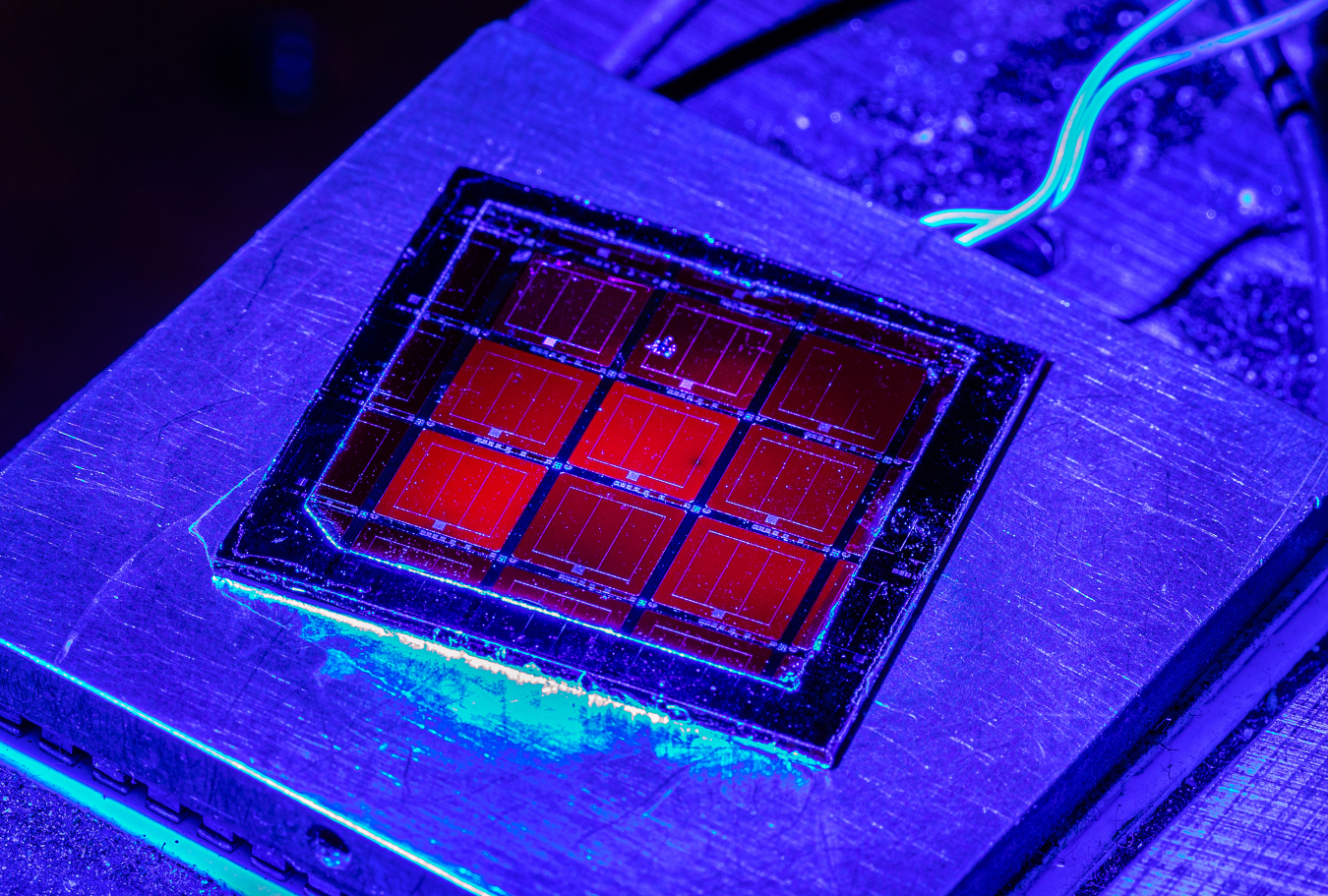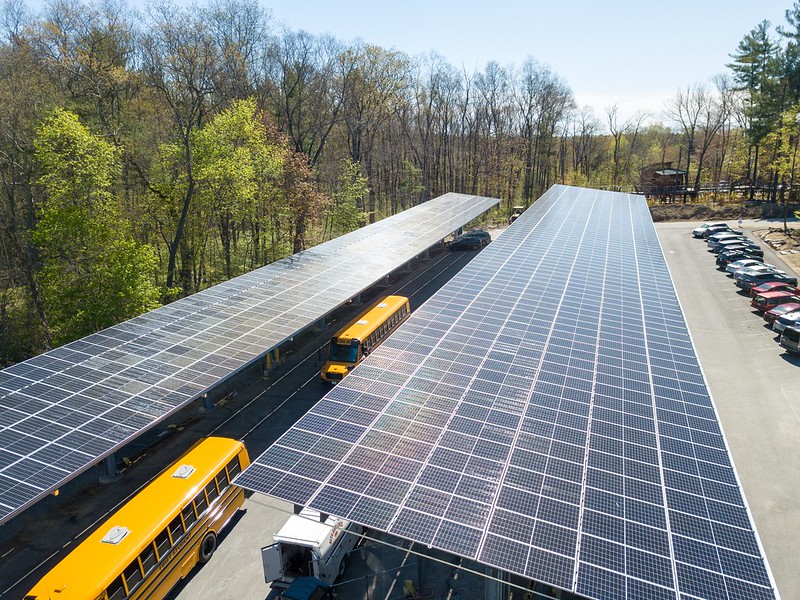Highlights
-
 Learn solar energy technology basics: solar radiation, photovoltaics (PV), concentrating solar-thermal power (CSP), grid integration, and soft costs.December 27, 2024
Learn solar energy technology basics: solar radiation, photovoltaics (PV), concentrating solar-thermal power (CSP), grid integration, and soft costs.December 27, 2024 -
The U.S. Department of Energy Solar Energy Technologies Office (SETO) funds solar energy research and development efforts in five main research areas.January 17, 2025
-
 A curated list of government-funded resources and guides on solar energy technologies to make it easier for you to find information about solar.November 26, 2024
A curated list of government-funded resources and guides on solar energy technologies to make it easier for you to find information about solar.November 26, 2024
Why Go Solar?
Millions of Americans are deciding to power their homes with solar energy—especially as costs have decreased—but an investment in solar energy generates more than just clean energy. It can support household savings, energy independence, economic opportunities, grid reliability, resilience, security and affordability, and a safer planet.
Solar owners can reduce their energy bills with savings that will accrue for the lifetime of the system. Community solar can provide savings for those who rent their homes or whose roofs aren’t suitable for solar panels.
The solar industry—from manufacturing to installation and maintenance—can get more people into careers in clean energy, launch small businesses, and contribute to growing local economies.
Having solar panels can give you the freedom to disconnect from the grid, and if combined with storage or microgrids—localized grids that can operate autonomously—it can help whole communities prevent service disruptions and rapidly restore electricity if the grid goes down.
Owning your solar system is a cost-effective option for millions of Americans, and new models for financing and community solar programs will enable households and communities that lack access to solar electricity to choose their energy future. DOE is also helping to standardize how solar electricity is interconnected to the power grid at the grid edge between the consumer and the utility.
Adopting renewable energy helps to improve air and water quality and helps the country reduce greenhouse gas emissions that exacerbate climate change.
Advancing Solar Energy Technologies
DOE partners with national labs to develop innovations that lower the costs of solar energy. Using world-class facilities, researchers address complex questions about the performance and cost of solar energy technologies, translating basic science to innovation.
Researchers across disciplines can apply for funding to support innovative projects that advance solar solutions and deliver the solar energy to businesses and consumers via the grid. Learn more about current and past SETO funding programs and other funding mechanisms like prizes and challenges and partnership intermediary agreements.
Solar Energy Research Database

SETO funds projects at national laboratories, state and local governments, universities, nonprofit organizations, and private companies to improve the affordability, reliability, and domestic benefit of solar technologies on the grid.
Active projects are indicated on the map and database table below. You can sort the projects by program area, funding opportunity, and state on the left. In the table, you can sort and filter the projects in additional ways. Click on the project title for detailed project information. Press the reset button on the map to clear your filters. Reports resulting from research projects can be found on the Office of Science and Technical Information (OSTI) website.
The database includes active projects. The data comes from project applications and documents following award negotiations with DOE. This data is subject to change and is for general informational purposes only. SETO does not guarantee that the data is complete or free of error. If you have a question about any project information, email [email protected].
Press Releases
From Our Blogs
-

- Commercial Implementation
- Solar Energy
- National Labs
- Technology and Transitions and Early Investments
- Clean Energy
October 21, 2024 -
- Environmental and Legacy Management
- Solar Energy
- Clean Energy
- Energy Efficiency
- Renewable Energy
October 8, 2024 -
- Solar Energy
- Clean Energy
- Industrial Decarbonization Technologies
- Commercial Implementation
- Renewable Energy
October 8, 2024 -
- Solar Energy
- Clean Energy
- Energy Workforce
- Careers
- Renewable Energy
October 1, 2024


